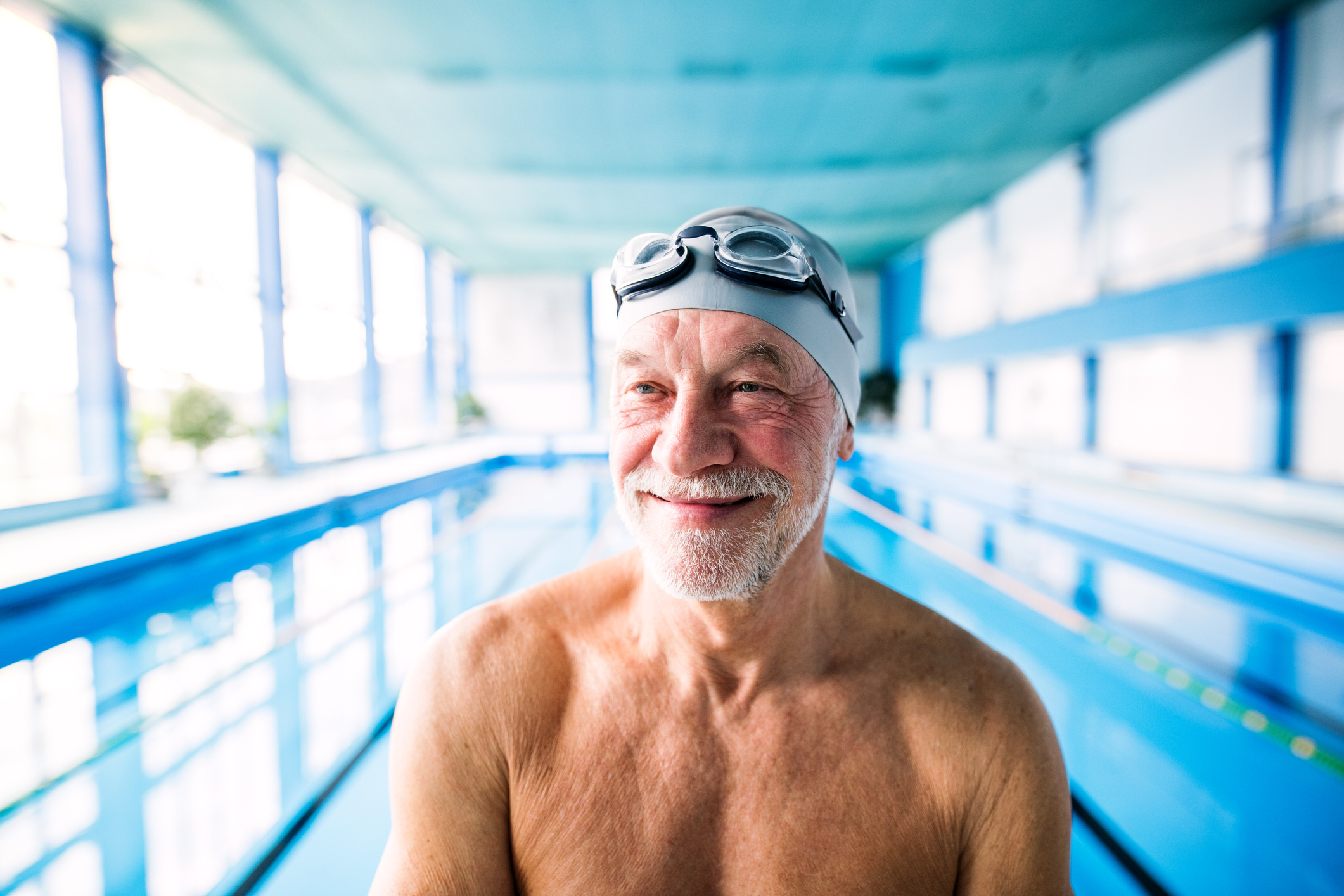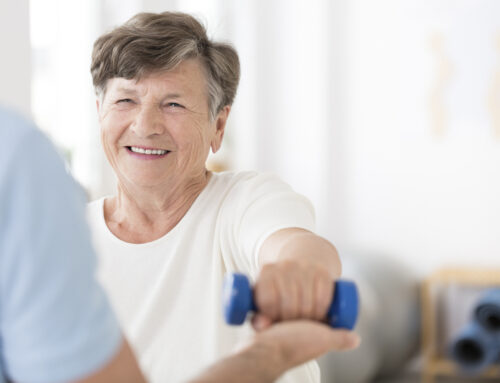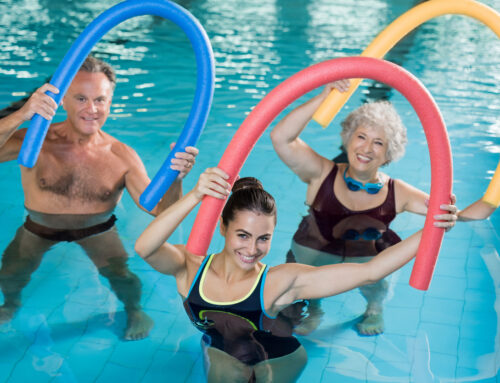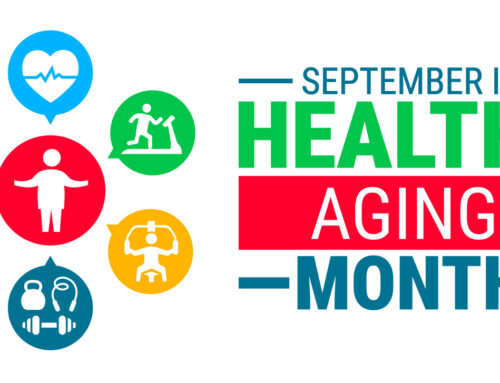For the Olympic athletes that competed in Tokyo, the games are now over. However, athletes over 50 planning to compete in the “Senior Olympics” haven’t even begun. That’s because their event was canceled due to concerns around COVID. For these competitors, their moment will have to wait until 2022, when it’s expected to occur in Florida. However, while the senior games do not lack a competitive spirit, they were initially started with a higher purpose: namely, to inspire older Americans to stay healthy and fit. And the athletes that participate should be an inspiration for all of us to get moving. Quite a few are in their 80s and 90s, and they’re not planning on slowing down anytime soon. So, if you think you have what it takes to get involved, read on to learn more about the competition.
History
The “Senior Olympics” began in 1985 in St. Louis, MO, when a group of seven men and women formed the original leadership for what was initially known as the National Senior Olympics Organization (NSOO). The group’s vision was to promote healthy lifestyles for adults through education, fitness, and sport. The first National Senior Olympic Games were held in 1987 in St. Louis and had over 2,500 participants. The event’s success encouraged the group to formalize as the NSOO, incorporate as a non-profit and elect a board of directors. However, due to a controversy with the National Olympic Committee, the group was obliged to change their name to the National Senior Sports Organization, eventually working under the National Senior Games Association.
How to Participate
To participate in the National Senior Games, you must be at least 50 years old and qualify the year before through NSGA sanctioned state qualifying games. Qualifications can happen in the state where you live or any state which allows out-of-state competitors. A complete list of authorized state organizations with contact information can be found here. A full list of rules is posted here. Typically, the qualifying standards do not differ drastically from year to year.
The Sports
Many of the sports will be the same ones that are recognizable from the global Olympic games, such as cycling, beach volleyball, archery, golf, tennis, triathlon, track and field, swimming, and more. And they’re even a few other additions, including shuffleboard, power walking, pickleball, and cornhole. However, you would be incorrect to assume that these sports still don’t require hours of training, agility, and a winning spirit. For a complete list of sports, click here.
Start Training
Whether you’re ready to enter the competition or just get in your best physical shape, the NSSO has plenty of training videos and guidance. As we stated previously, their main goal is to help Americans get in shape mentally and physically regardless of age. Whether you’re 50 or 80, some techniques can help to improve strength, balance, coordination, and mobility.
Summary
While all athletes should be commended for their grit and determination, you don’t have to engage in competition to stay in shape and keep active. It doesn’t matter whether you exercise by walking the dog, doing movements in a chair, or participate in yoga; the goal is to keep moving and be the best version of yourself. There are many examples of seniors that don’t let age hold them back. There are also great apps that can help you get moving. And don’t forget that volunteering can also be a great way to keep your mind and spirit healthy. The bottom line is that whatever you choose to do, staying engaged is the best medicine, no matter your age.
 AVAILABLE 24 HOURS A DAY/7 DAYS A WEEK
AVAILABLE 24 HOURS A DAY/7 DAYS A WEEK Careers
Careers







